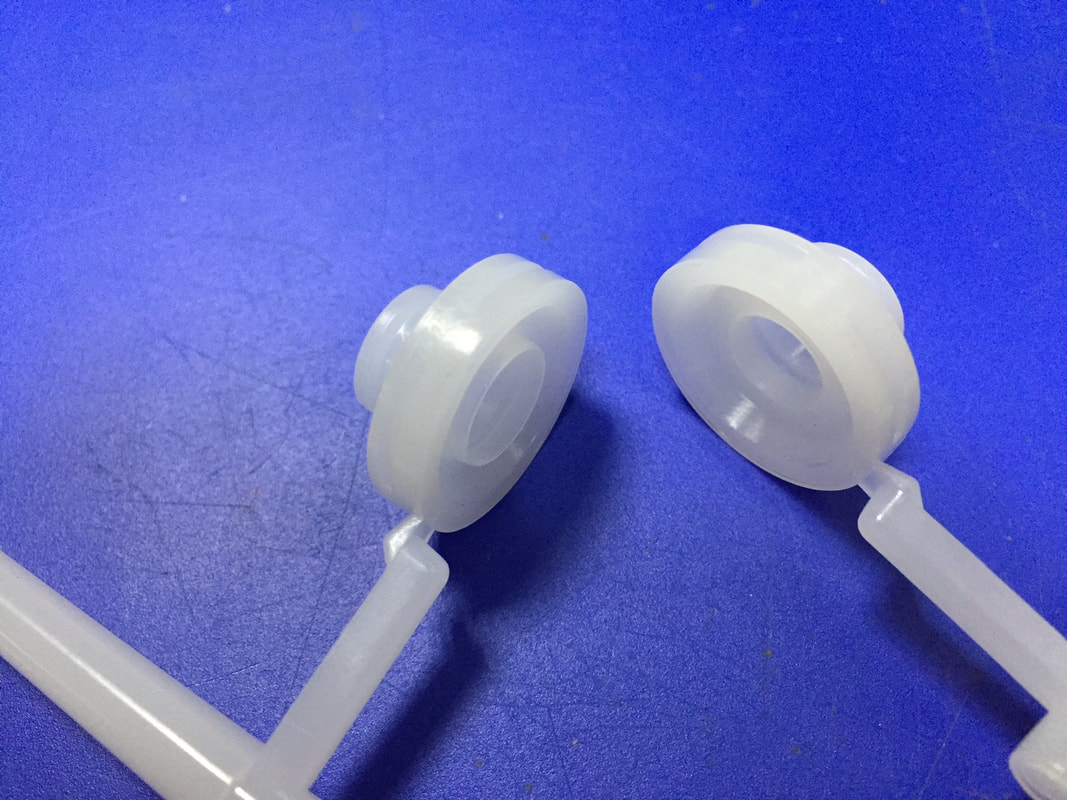“Tight tolerance” is a term that is often tossed around loosely in the industry—however, if tight tolerance is not done correctly, parts and products will underperform or possibly fail, resulting in customer dissatisfaction and a tooling and/or process overhaul. Other tight-tolerance benefits may include the elimination of secondary operations like machining, making it easier to procure mating parts, and allowing the possible conversion of metal parts to plastic—all of which help reduce costs.
In general, a typical tight tolerance for injection molding is +/-0.05mm. A very tight tolerance is +/-0.02. Major factors that impact tight tolerance include part design and complexity, material selection, tooling, and process design and control.
In general, a typical tight tolerance for injection molding is +/-0.05mm. A very tight tolerance is +/-0.02. Major factors that impact tight tolerance include part design and complexity, material selection, tooling, and process design and control.

 RSS Feed
RSS Feed